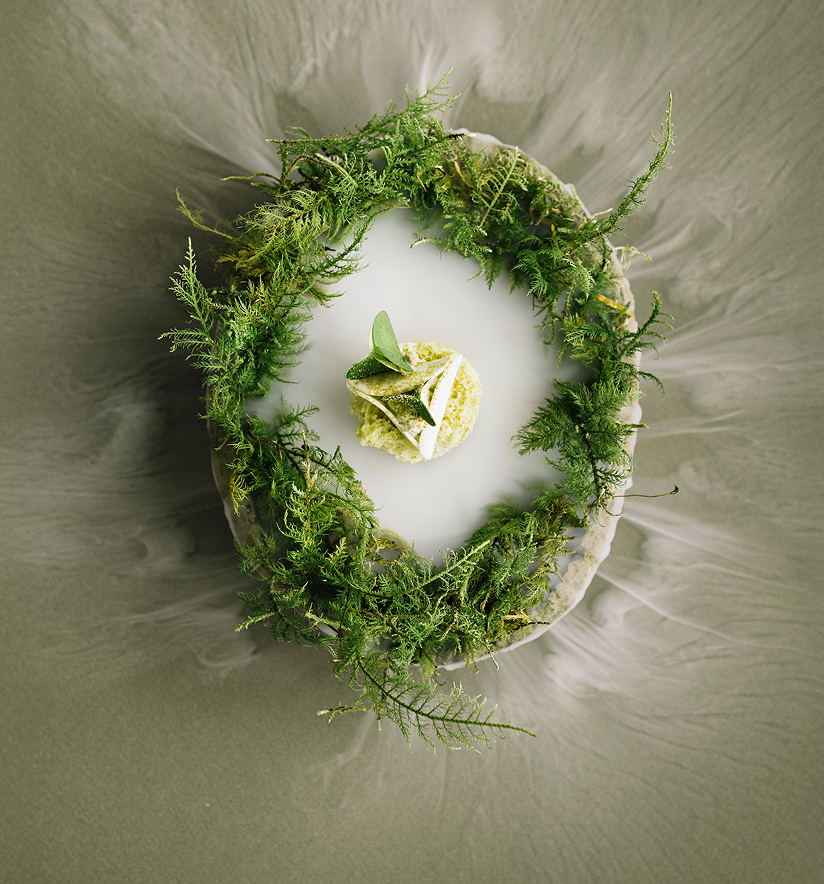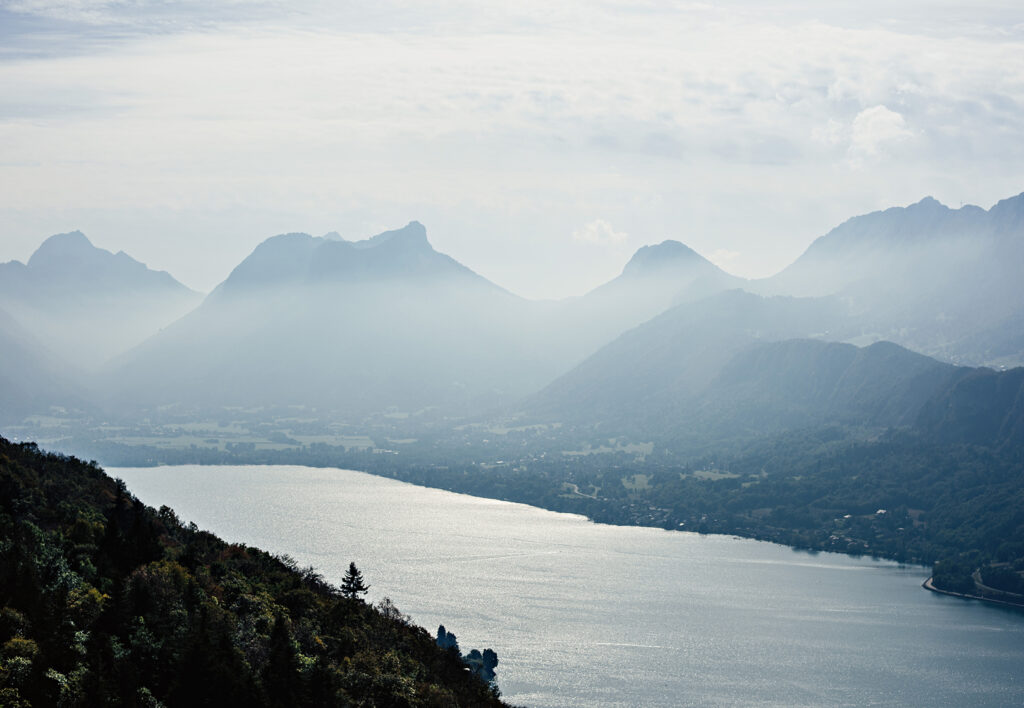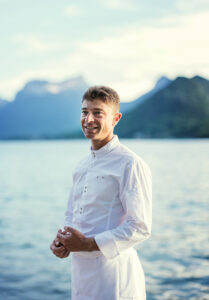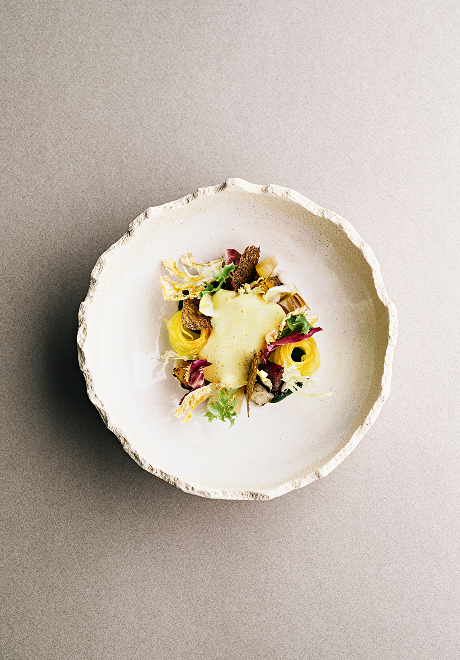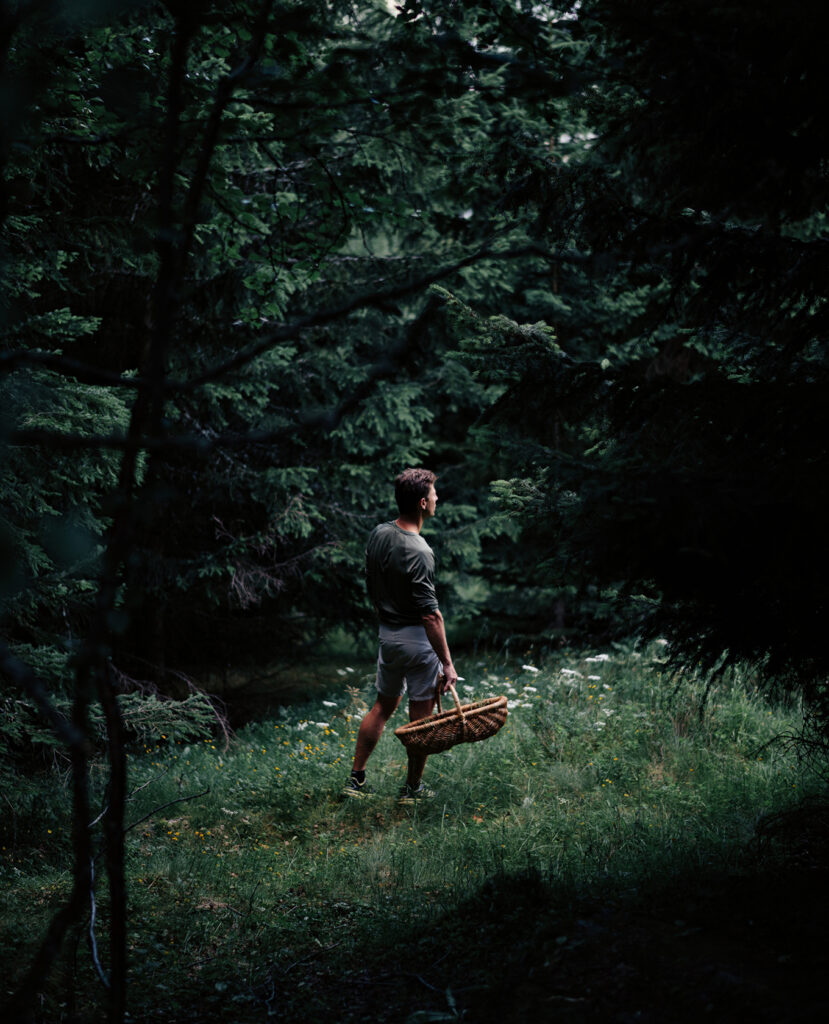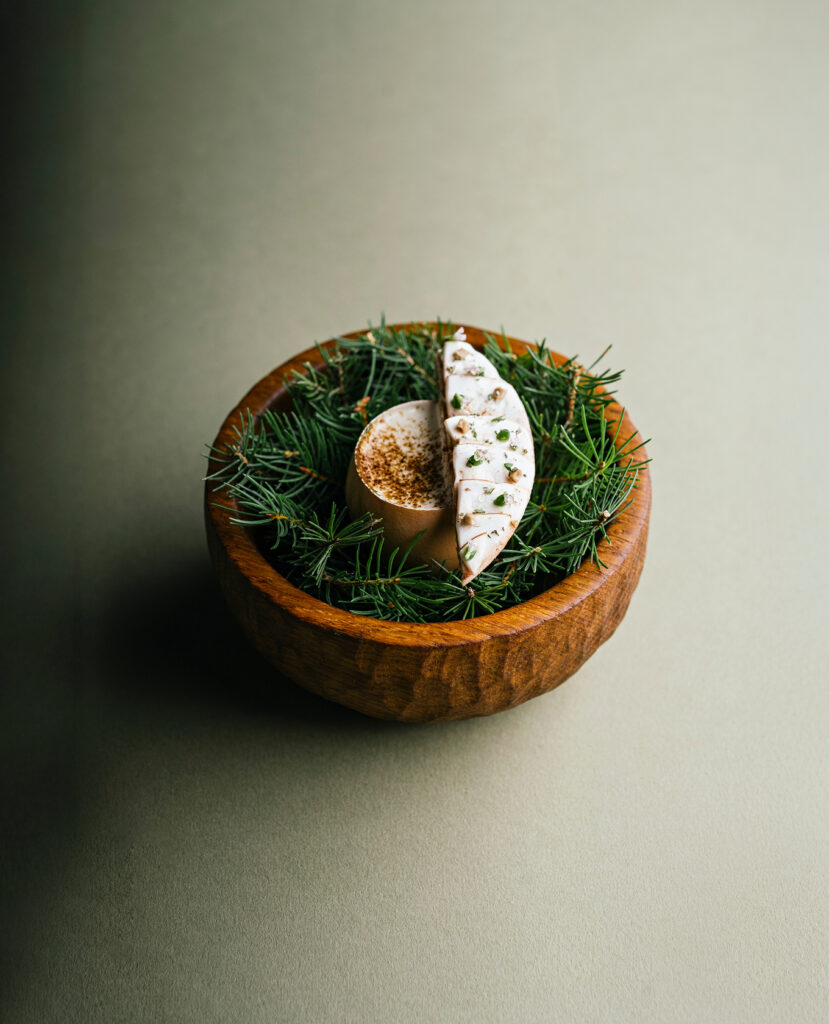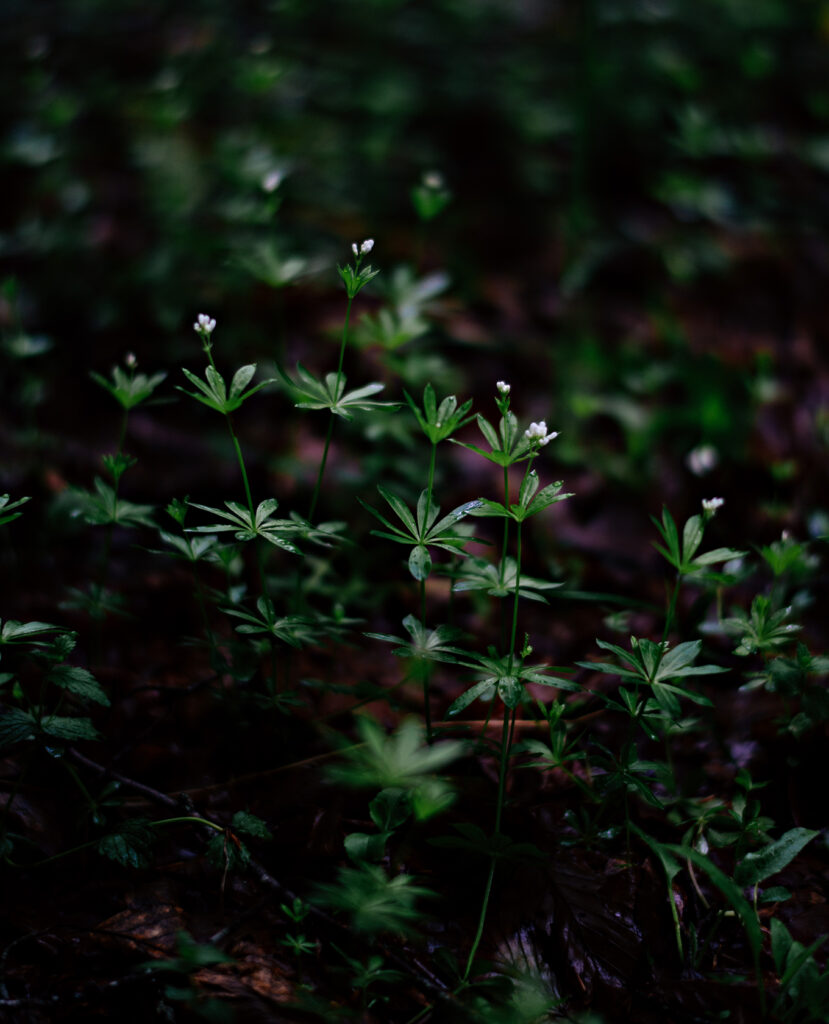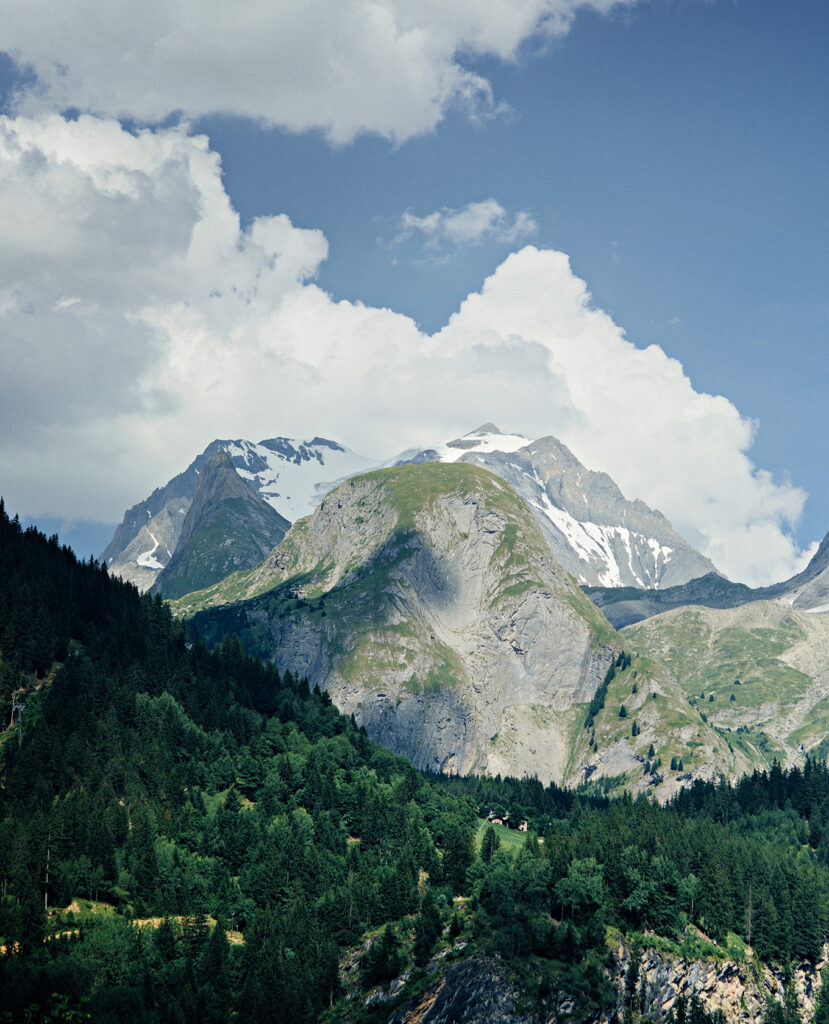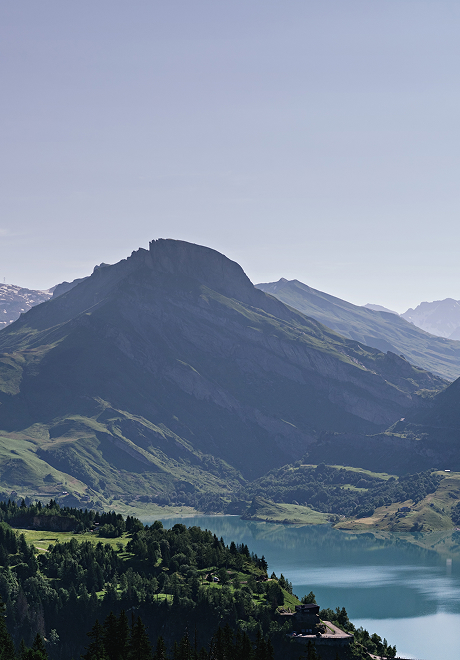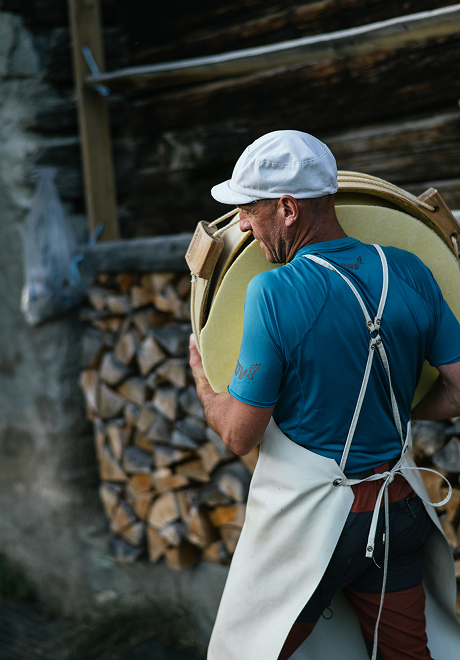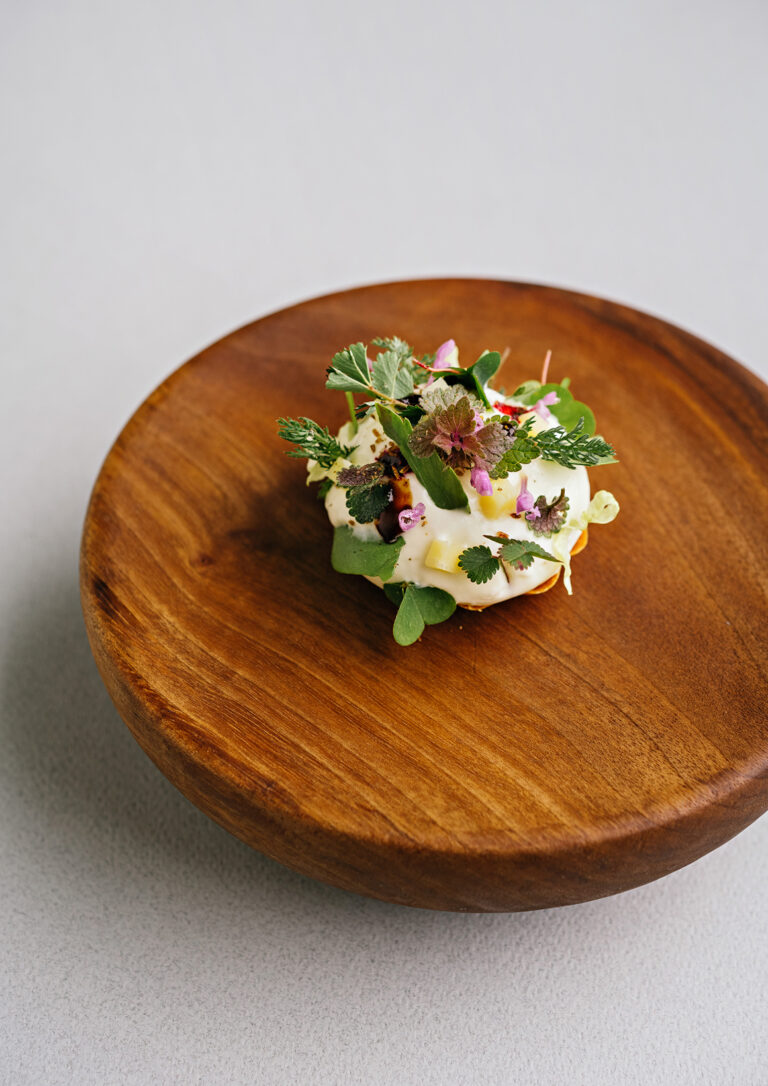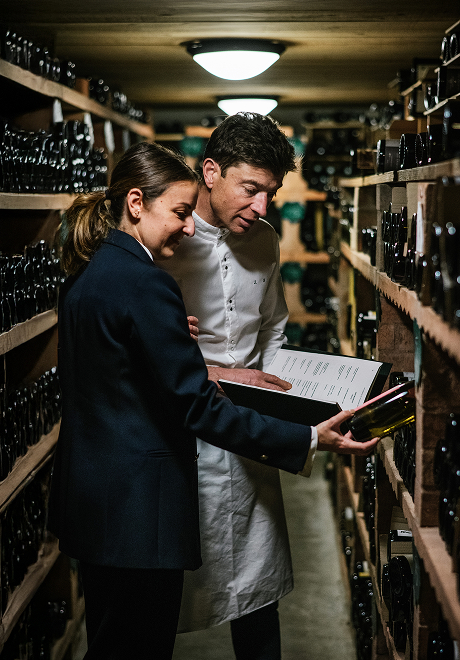The Starred Restaurant of Chef Jean Sulpice
Lunch or dinner at Auberge du Père Bise, the two-star Michelin restaurant of chef Jean Sulpice, is a journey into the heart of the Alps. It’s a chance to savour the lakeside and taste the mountains, season after season, with a panoramic view stretching from the Bay of Talloires to the summits of Semnoz and Forclaz.
On the terrace, beneath the plane trees, or behind the restaurant’s large windows, enjoy the unique atmosphere of this exceptional natural setting—a source of rare pleasure and peace. A fully immersive gastronomic experience between lake and mountain, close to the peaks.


